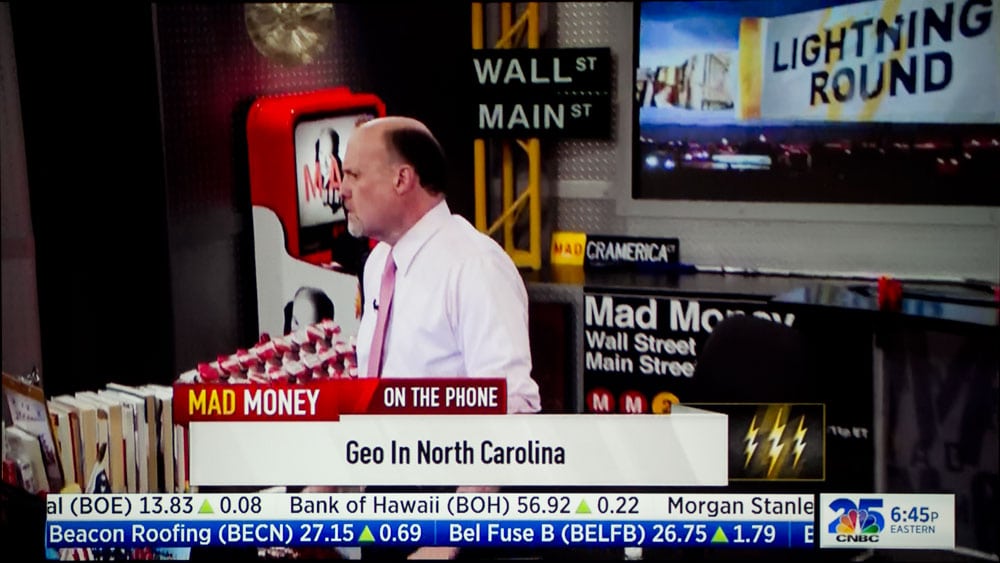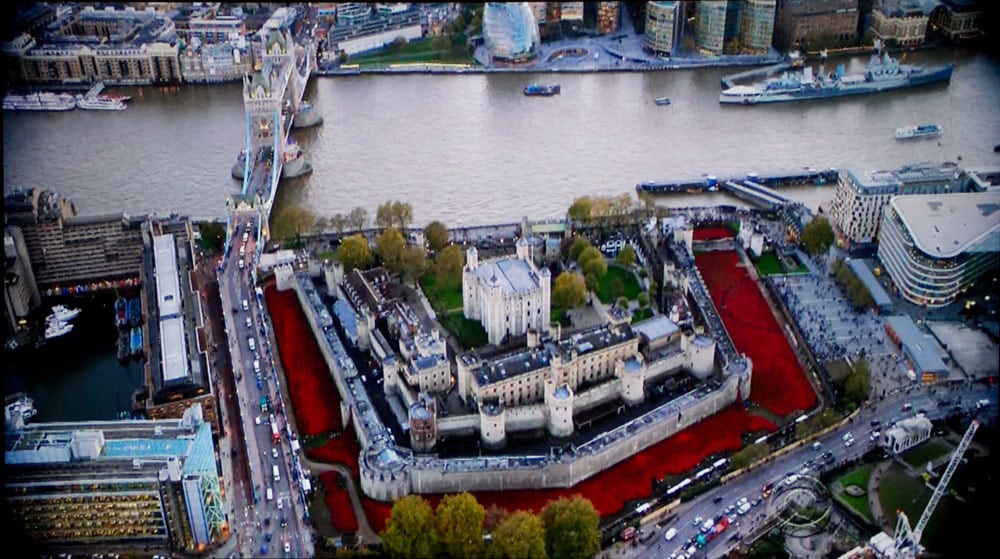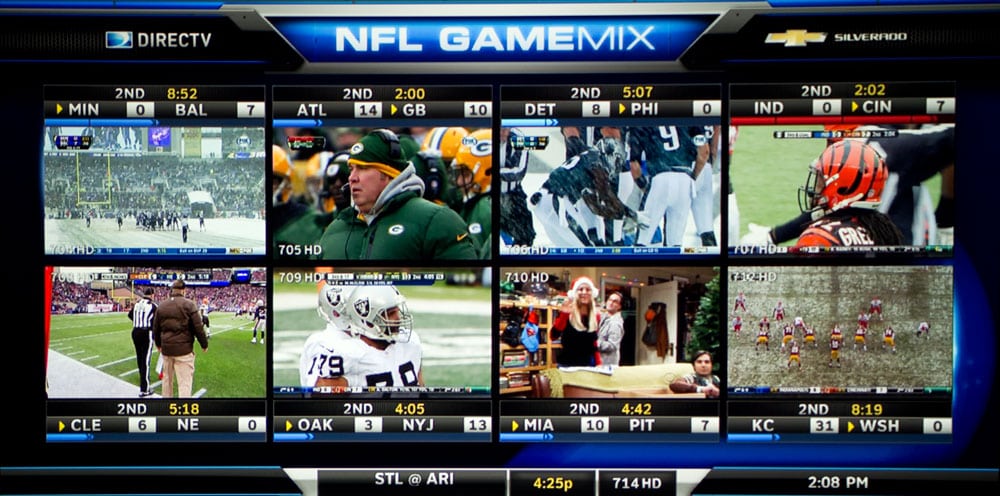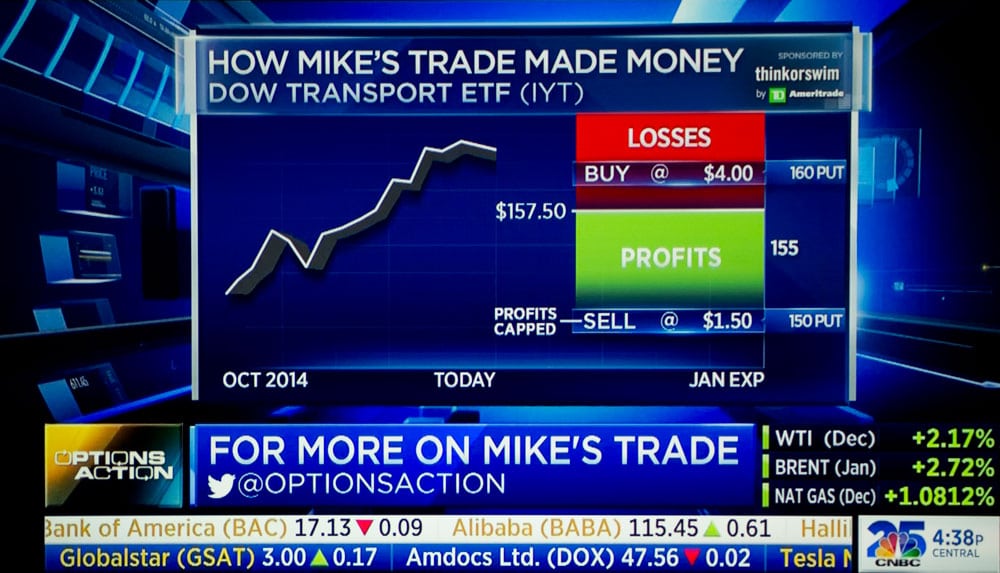The Home Cinema 1440 Basics
HC1440 Projector Highlights
- 4400 Wall Melting Lumens
- Dynamic Iris
- Split Screen
- Wired Networking
- MHL on HDMI for streaming sticks and mobile devices
- Faroudja Image Processing
- $1699
Rock your house, with the Home Cinema 1440. Don't settle for some tiny 65" LCDTV! This projector doesn't hide in a home theater, instead it's built for your living, family, or bonus room.
As is common with many manufacturers, Epson has some projectors built from scratch specifically for the dedicated home theater. Many of Epson's lower end projectors - most of the ones under $2000 - are "cross-over" projectors. That means that they are based on business /commercial /education projectors. They are typically a lot brighter than dedicated home theater projectors. The Home Cinema 1440 is definitely one of those. It looks very much like, and is very similar in many ways to Epson's Powerlite 1985WU.
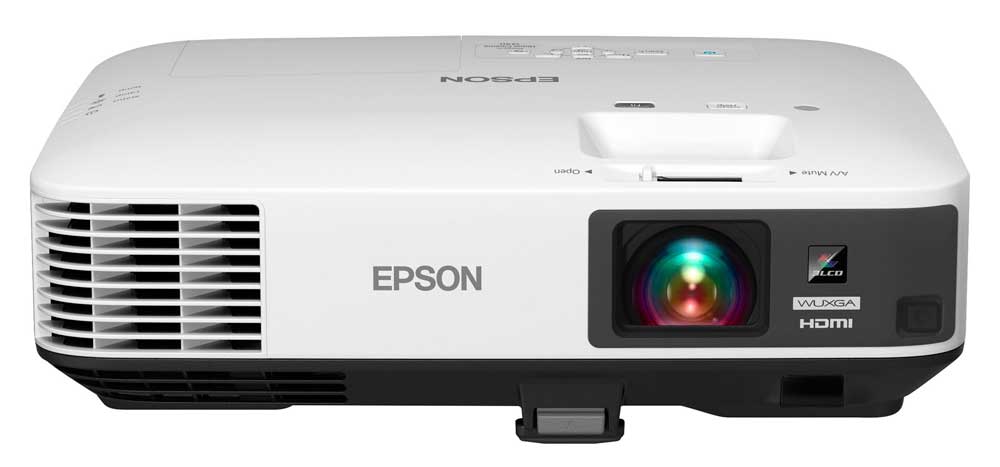
Don't settle for some tiny 65" LCDTV! This projector can give you the really big screen experience in tough rooms
Let me say that the Epson 1985WU is the flagship of Epson's 1900 series, which is the best selling series of projectors in its class, per major industry marketing research firm; Pacific Media Assoc. We certainly are impressed with "the business/education" versions. Consider that the 1985WU recently took our award as best value education projector in our high brightness category. The point I'm making is I have a pretty good idea what to expect, when it ships. I expect to review this projector.
Based on the information provided by Epson here's more of what this projector is all about.
Placement flexibility is going to be very good, thanks to a 1.6:1 zoom lens, plus there's plenty of keystone correction and Quick Corner.
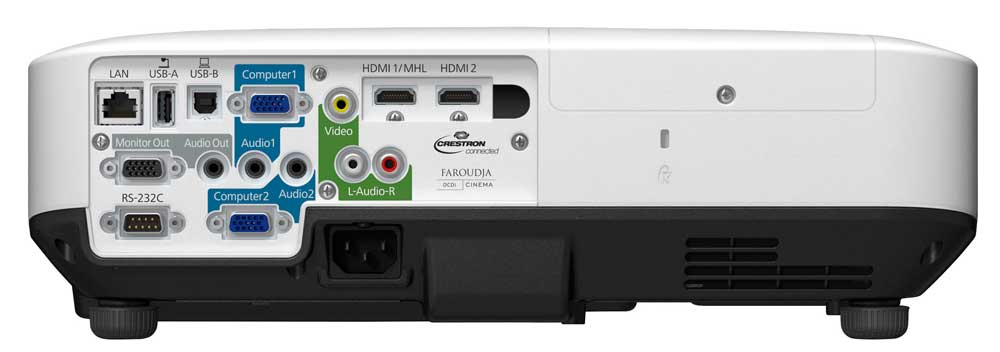
The back of the Home Cinema 1440 is loaded with connectors!
Input flexibility is extensive. There are a pair of HDMI inputs, and one has MHL support for supporting mobile devices such as tablets and phones, and streaming sticks like Roku. I should mention that MHL is not often found on the business versions of projectors, although it's becoming more popular there as well. There are two computer inputs, and a monitor out, lots of audio inputs, two USB's, and both RS-232 for old school command and control, and an ethernet LAN connection should you want to hardwire the projector to your home network. (That's the business computer influence again, there are some inputs that aren't often found on a dedicated home projector - such as the two computer inputs.)
The Epson's feature set is also well endowed.
Massive Brightness for a Home Projector
There are brighter for home, but not many. I have one in my living room setup, Epson's Pro Cinema G6550WU, which is also a crossover. My beast claims 5200 lumens, and it is handling an exceptionally challenging room. Check out our video, as it will give you a good idea of what this projector can do, after all, the Home Cinema 1440 has almost 85% of the brightness of mine, which is a far more expensive projector. Here's a picture of my living room projector with some sunlight coming into the room from lots of glass doors.
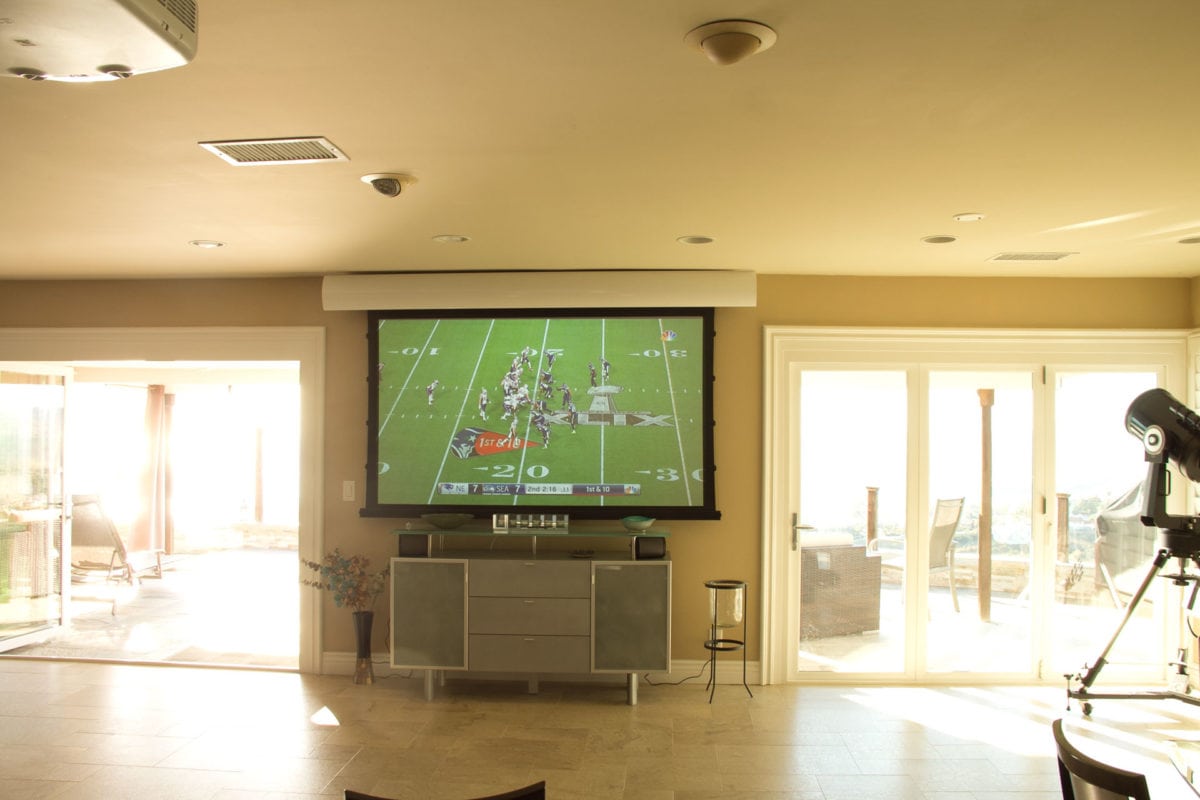
My slightly brighter 5200 lumen projector in my exceptionally bright living room
Point is, you can tackle bright rooms! If the room is so impossible that you can't really get a decent image from this projector, then you probably can't enjoy an LCDTV either. Just pair this baby with the right screen for your room, and you should be good to go.
Here's the thing about projectors - they provide the biggest image and the most immersive experience.
Here are the numbers. You need about 400 lumens to do a 100" diagonal screen in a fully darkened home theater. Here you have 11 times that much brightness, but how bright is that?
Sony's basic 4K Cinema projector, yes the ones at your local cineplex, per their spec, produces 9000 lumens, just over double this projector. Sony states that 9000 lumens is enough for a 10 meter wide screen. We're talking about roughly 33 feet wide.
In other words, in a different, and fully darkened room, this projector should be just about bright enough for a 20 foot wide screen. How's that for "wow"?
OK, enough about the brightness. Light Canon!





